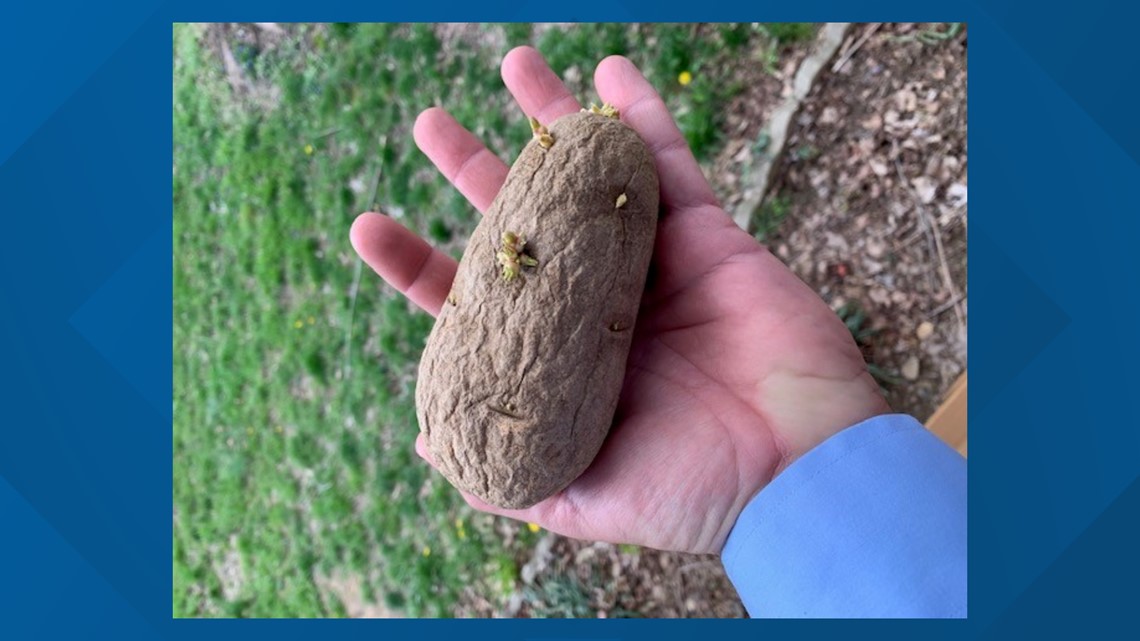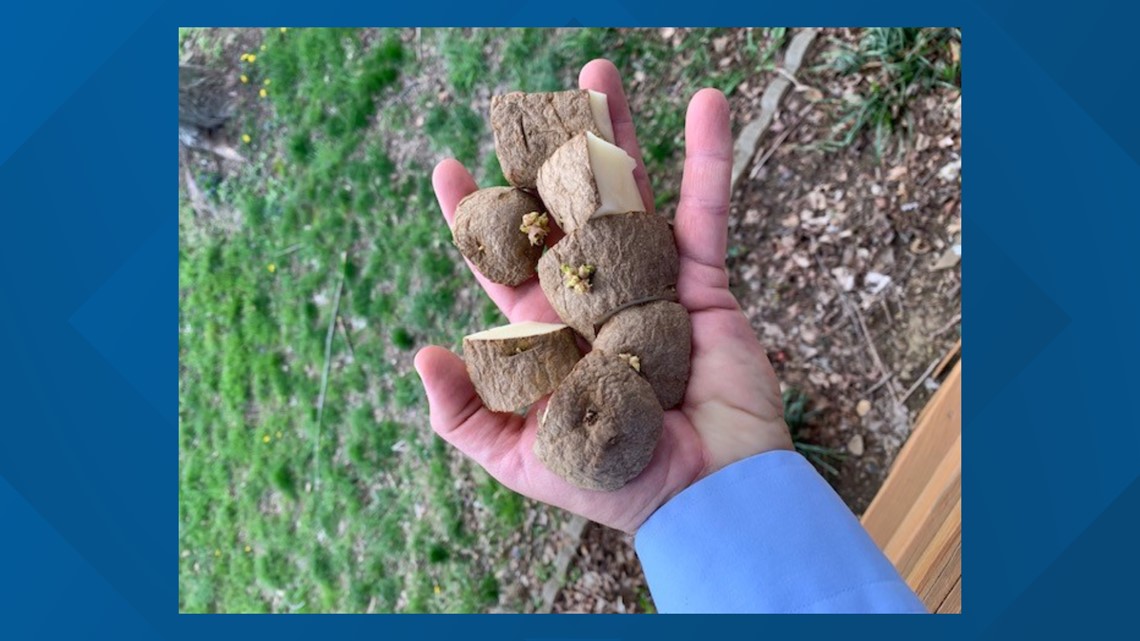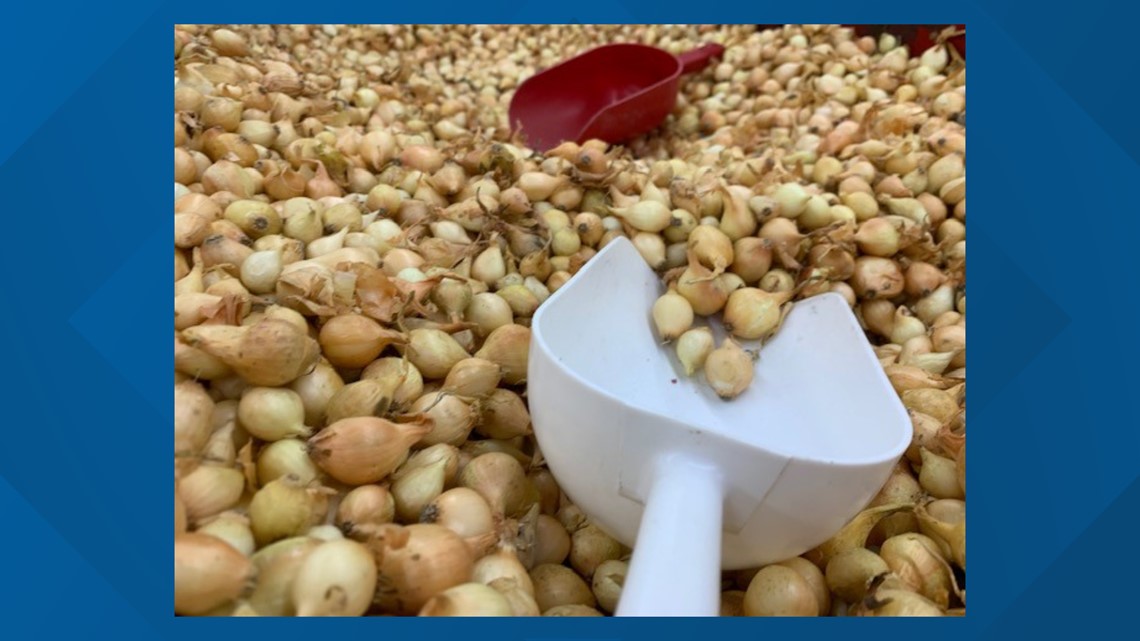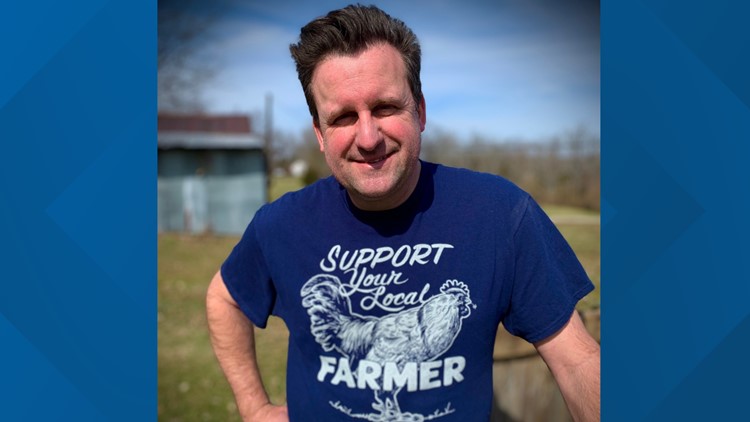I can’t help you with growing toilet paper, so please don’t stop reading at that confession because you'll miss the best parts of this blog.
What if I told you that some of the worries that have come with the coronavirus crisis, can be tackled in a way that gives you some relief from food insecurity fears and benefit your mental health?
I’m not a master gardener, not even close. However, through trial, error and curiosity my wife and I have been quite successful raising food for our own family. Growing some veggies of your own is a lot easier than you might imagine and can give your mental health a much-needed boost too.
What I hope to bring you in the coming days and months of “however long” we must deal with this pandemic will be ideas and tips on growing the basics and a relative timeline on getting a start. If I don’t have the answer, I’ll look into how to get it for you so I hope you connect with me on Facebook and Twitter if you have questions that I can help with.
I'll also share links to articles and insights that may be of interest to you as you navigate providing for you and your loved-ones while harvesting some peace of mind.
As I write this, it’s the night of April 5th, 2020. Early season crops can be in the ground and, at least on our small homestead, we’ve already planted potatoes, onions and leafy greens (lettuces, spinach, etc.) outdoors. It’s not too late to get started on these staples outside and it’s starting to become time to think about getting a start on other favorites, inside.
Potatoes
Never grown a potato before? No worries. They’re about the easiest thing to try. You'll need to get some seed potatoes which can be found at farm and hardware supply stores. I have also seen seed potatoes at grocery stores in our area too. Here's a quick protip--IF YOU DON’T HAVE SEED POTATOES BUT YOU HAVE POTATOES IN YOUR KITCHEN ALREADY, YOU CAN TRY THOSE TOO.


Here’s a link to a more detailed blog on growing potatoes, but here are the basics:
- Cut a potato so that each piece has at least 1 eye and is sized at about 1 inch square (or just bigger than dice for our board game and craps players). You’ll want to let those cut down seed potatoes sit for a couple of days so that the fleshy areas harden a bit.
That will give them some resiliency when you put them in the ground.


- Look for an area of well-drained soil. You plant potatoes in trenches that are 6 to 8 inches deep and 4 to 6 inches wide.
- You’ll place your potatoes 1 foot apart with “eyes to the sky”. Your plant is going to sprout from that eye so point it up.
- For multiple rows, those need to be about 3 feet apart. After placing your seed potato into the trench, cover with 4 inches of soil and water.
- In about 2 weeks you’ll start to see a sprout emerge. When those sprouts get about 8 inches above the ground, it’s time to mound!
- Pile loose soil in a mound over your plant leaving 4 inches or so of that sprout sticking out. Continue mounding, the same way, as the plants continue to grow. Potatoes will grow in those mounds even though you don’t see them.
The first time I harvested potatoes, I giggled like a kid on Christmas morning. It was so much fun to dig into that soil and pull out potatoes. Keep in mind, you’re looking at about 10 weeks, at the earliest, before your 'taters' are ready to harvest.
Onions


Onion sets are very inexpensive and can also be bought at farm supply and some hardware stores. Last week, I saw some at a major local grocery chain. It’s time to get them into the ground and they’re also relatively easy to grow. You want loose soil that’s similar to what you want for potatoes, and they need good sun so keep that in mind when picking your place to plant (don’t choose that shady spot under your favorite tree).
- Place each onion set about 1 inch into the soil and 2 to 6 inches apart. The Old Farmer’s Almanac has this good resource for advice on growing onions click here to read it.


It's also time to plant carrots and radishes outside and time to think about warm weather crops you can start growing inside.
In my next blog, we’ll look at simple ways to start your tomato plants now, inside, even if you’ve never done that before.
In the meantime, check out Greg Pederson's, of the Urban Farm, podcast on all sorts of interesting topics. I got to know Greg when I worked at our sister station in Phoenix, Arizona. His expertise on growing in urban environments is very inspiring, especially to those who want to grow but have limited space options or HOA restrictions. Check it out and I’m certain you’ll find a topic that inspires you.
Until next time, if you have questions, ideas or tips, please reach out to me on
When Chris Williams is not holding the powerful accountable as WHAS 11’s Political Editor, he and his wife Amy spend time raising their family on their small slice of heaven known as Chestnut Hill Homestead. They’ve been blogging about their experiences for the past few years and their “Learning By Living” lifestyle of raising plants and animals for food and self-reliance.



